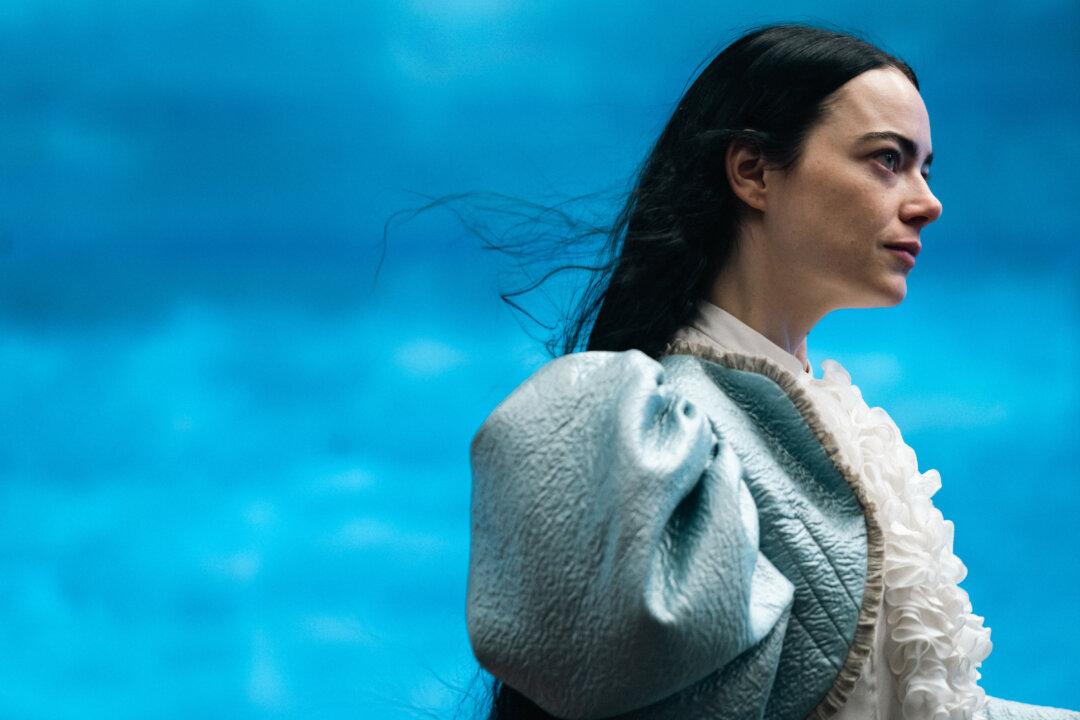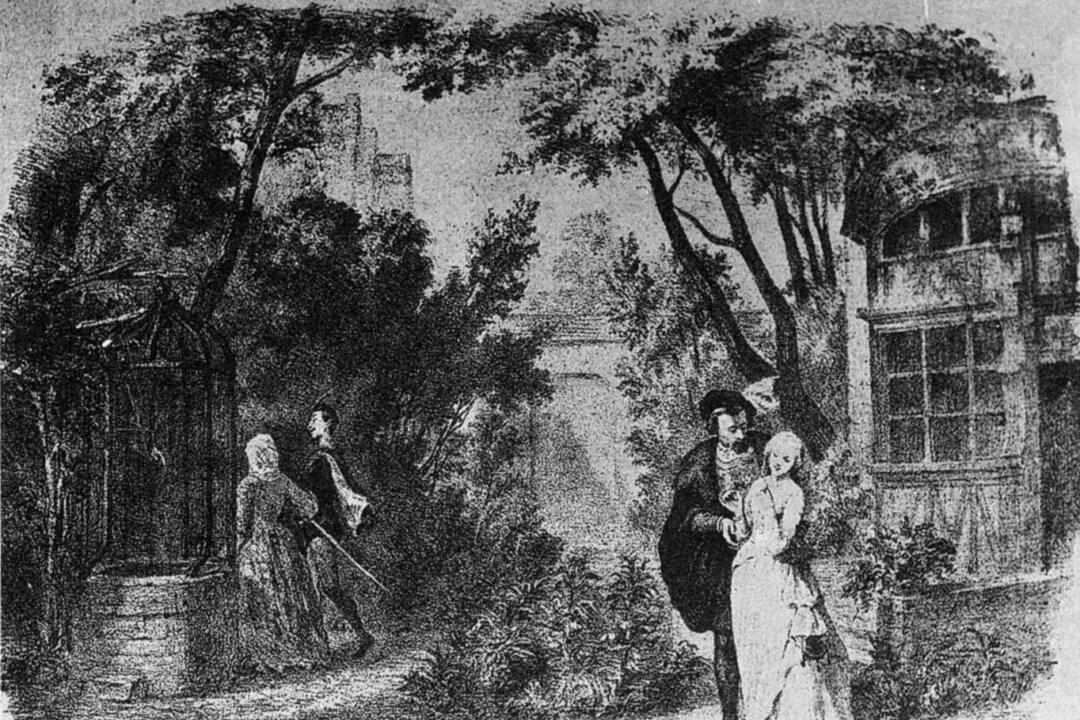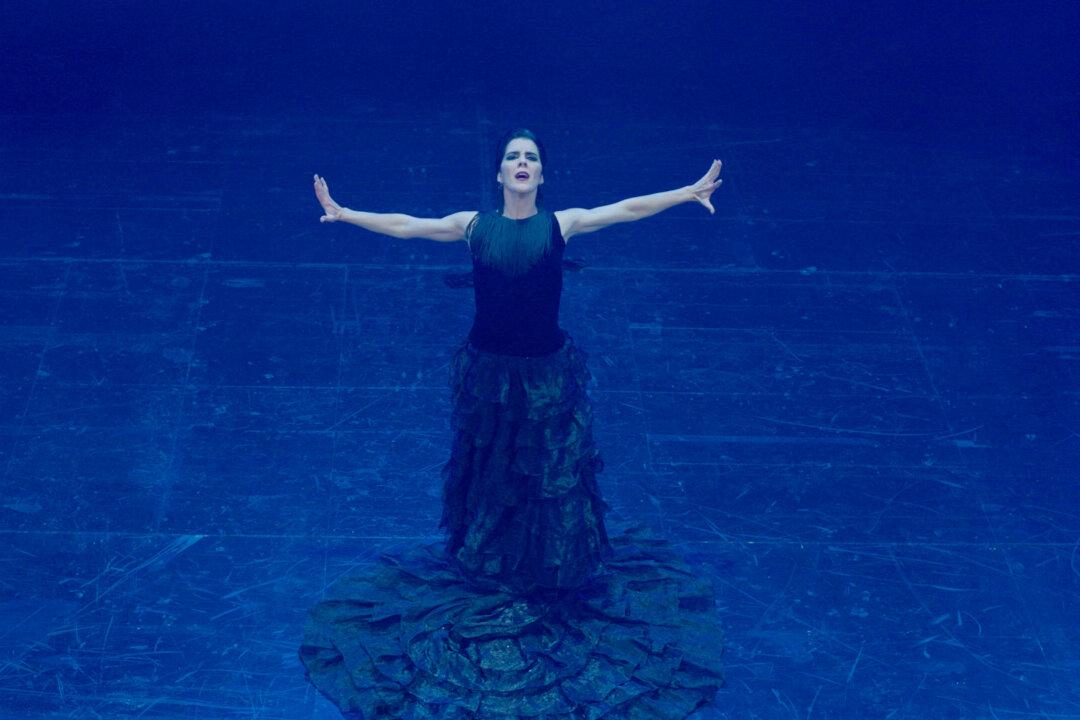Movies about mad scientists have been popular since the beginning of the film industry. Even before the introduction of the soundtrack in the late 1920s, people were entertained by watching stories about what could go wrong if doctors, chemists, and surgeons used their knowledge for unnatural experiments. Although science fiction is now much more elaborate than it was in the early days of filmmaking, basic science fiction movies about mad scientists are still appealing and effective.
The mad scientist genre continues to exist today, though it often falls more into the category of science fiction than it used to. One of the most acclaimed films to come out last year was a flashback to the scientist-created monster movies released by Universal Pictures in the early 1930s.
“Poor Things” is heading toward award-show dominance with its 11 Oscars nominations. Ads boasting about its critical acclaim are being played everywhere. Unfortunately, this movie added many depraved themes to the basic story idea of a crazed genius who uses advanced science for questionable purposes.
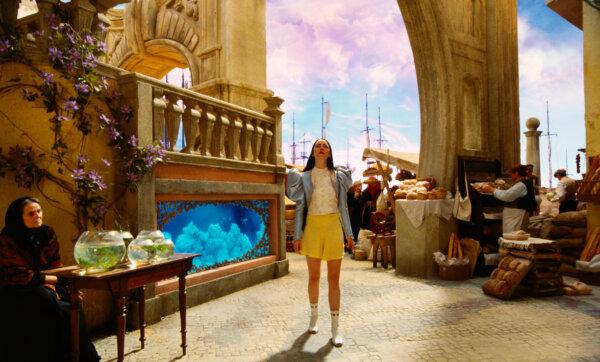
The Latest
“Poor Things” was released in the United States on Dec. 8, 2023, after having its world premiere at the Venice International Film Festival on Sept. 1. Tony McNamara wrote the screenplay based on the novel of the same name by Alasdair Gray. It was directed by Yorgos Lanthimos, who co-produced the film with Ed Guiney, Andrew Lowe, and leading lady Emma Stone. Its production companies were Film4, Element Pictures, and TSG Entertainment, and it was released by Searchlight Pictures. Although reviews have been generally positive, some critics did not like it, calling it “dishonest,” “seriously misguided,” and “a mistake.”Eccentric surgeon Godwin Baxter (Willem Dafoe) has an infantile young woman, Bella (Stone), as his ward. She is the product of one of his experiments, since he reanimated the body of a pregnant woman who committed suicide with the brain of her unborn infant. Godwin’s assistant, medical student Max McCandles (Ramy Youssef), falls in love with Bella and becomes engaged to her. However, her mind’s rapid development makes her eager to discover what’s outside her sheltered existence. Lecherous lawyer Duncan Wedderburn (Mark Ruffalo) persuades her to run away with him, and they begin a grand tour of Europe as well as a torrid love affair. However, as Bella continues maturing, learning, and meeting new people, she has a growing desire to be in control of her own destiny.
“Poor Things” is rated R for “for strong and pervasive sexual content, graphic nudity, disturbing material, gore, and language.” One point about this film being debated among fans and critics alike is whether it is an empowering feminist story or an exploitive male fantasy. Some may think it’s very emancipated to show a woman who overcomes the restrictions put on her by society and the men in her life, but I think there’s nothing emancipated or empowering about the wildly promiscuous behavior which this film seems to endorse. The unusual thing about this film is that its starting point is the mad scientist theme, but it then uses a very thin excuse of a feminist message to explain its graphic obscenity.
Looking back at the classic era of films, there’s a movie with similar themes of brain experimentation but without the disgustingly lewd content, “The Lady and the Monster” from 1944.
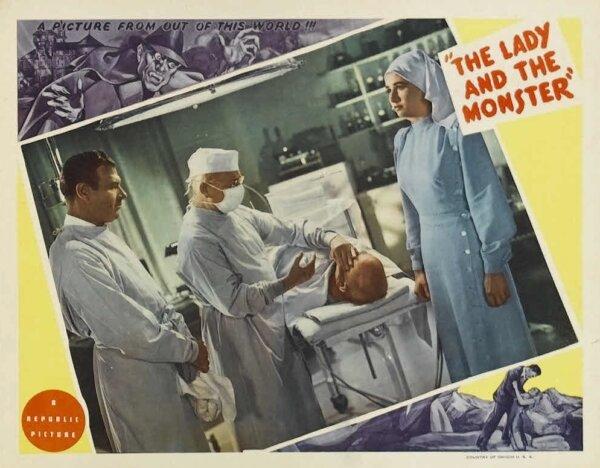
The Greatest
“The Lady and the Monster” was based on the 1942 science fiction novel “Donovan’s Brain” by Curt Siodmak. It was an instant success and went on to inspire three direct film adaptations and several near imitations. I originally thought of comparing the second movie adaptation, “Donovan’s Brain” from 1953, a United Artists release which starred Lew Ayres and Nancy Davis (later Reagan). However, I think that this first adaptation is more comparable to “Poor Things” because of its titular female character (Vera Ralston) and its addition of a controlling older doctor (Erich von Stroheim). This Republic Pictures release was directed by George Sherman.In the barren Arizona desert, Professor Franz Mueller (von Stroheim) has created a laboratory in a gothic castle, where he experiments on brain tissue’s survival after a person’s death. Mueller has two assistants, his pretty Czechoslovakian ward, Janice Farrell (Ralston), and an eager young American scientist, Patrick Cory (Richard Arlen). Mueller knows that Janice and Patrick are attracted to each other, but he tries to keep them apart because he himself is romantically interested in the young lady.
Meanwhile, Mueller’s sinister housekeeper, Mrs. Fame (Mary Nash), is interested in the controlling scientist herself. One day, a plane crash near the castle gives Mueller the opportunity he’s been wanting. After one of the victims, millionaire banker William Donovan, dies before a physician can arrive, Mueller secretly extracts his brain for experimentation. He successfully preserves the brain and revives its function enough to communicate with it. However, the evil Donovan’s consciousness still lives and is now powerful enough to take control of other people’s minds. He possesses Cory’s consciousness and begins using him to enact his wicked purposes.
These two films start with a similar premise. There is an older scientist who experiments on reviving human brains. He has a young female ward, for whom he has romantic interest although he should just act as her father figure. He also has a younger male assistant, who is himself interested in the female ward. The younger man helps the older scientist, whose obsession with his work borders madness, with his brain experiments. In both cases, the brain on which the doctor has been experimenting escapes his control. The young woman also gains independence from him. Of course, in the new film, the brain and the young woman are the same character, whereas they are totally separate in the old movie. The young woman manages to escape from the destructive evil forces at work around her in both cases. Both movies end with a death and reconciliation between the other characters, but otherwise the conclusions are very different.
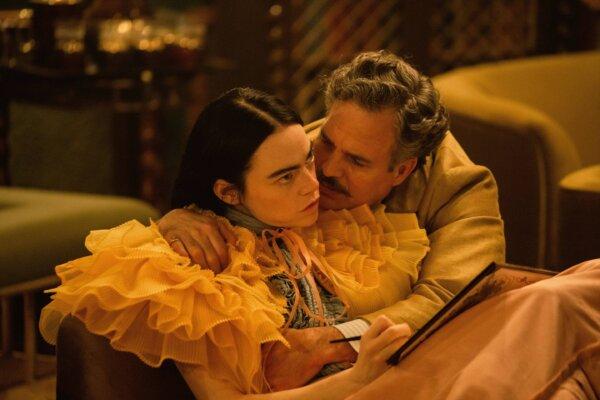
Blurring Good and Evil
“The Lady and the Monster” isn’t a brilliant movie. It’s an interesting little science fiction film from the World War II era. At the time of its release, some critics observed that the vague weakening of the title was similar to the overall weakening of the story from the book. However, it remains an interesting film to watch for people who enjoy the mad scientist genre and early science fiction flicks.Comparing this obscure classic with the new blockbuster, the most obvious difference to me is the depiction of good and evil. The old film may not be a masterpiece, but it manages to show a leading man who commits crimes and experiences great moral conflict while maintaining the difference between good and evil. “Poor Things,” like so many modern films, exists in the horrible alternate reality where the “good” characters commit atrocious acts with no consequences and no acknowledgement of the fact that what they are doing is wrong.
No matter what Hollywood wants to tell us, right and wrong still exist, and good and evil are absolute qualities. What’s even worse about current entertainment than the disgustingly graphic content it features is the fact that it denies this natural fact.
